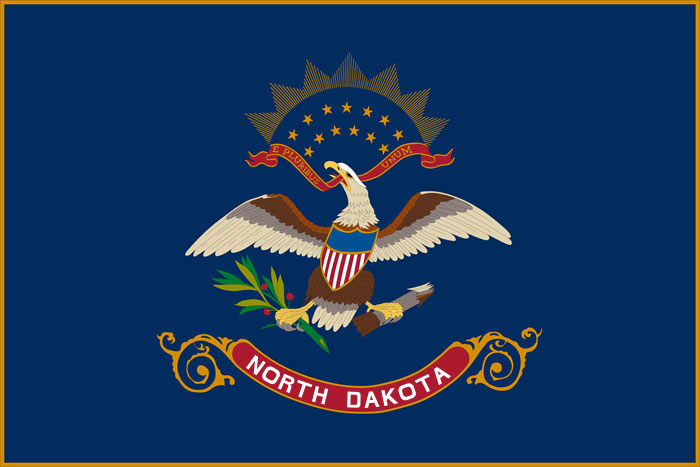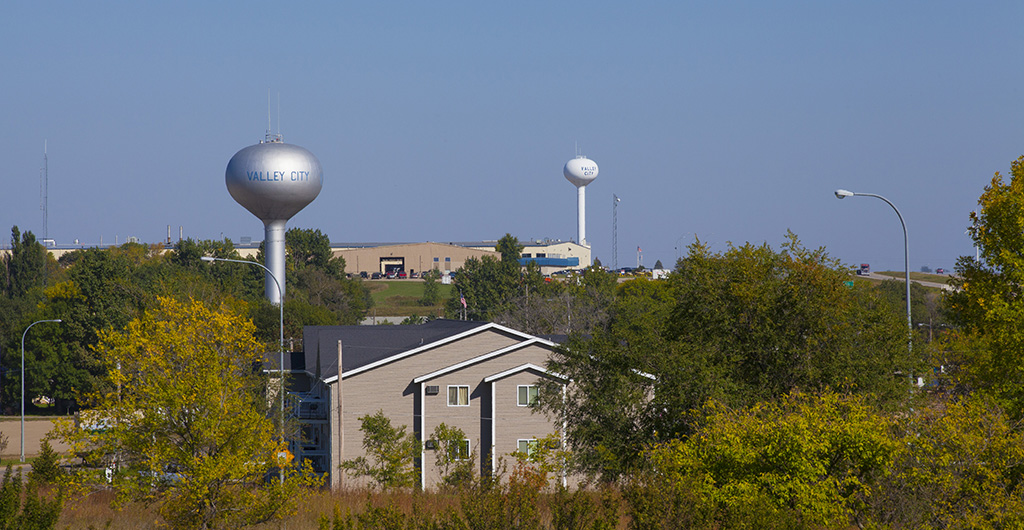City Administrator David Schelkoph, Valley City, North Dakota, shared his community’s perspective on infrastructure funding and how Sheyenne River flooding impacts those needs.
Tell us about the problem you needed to address and how it was affecting your community.
I am sure your readers have heard this before from across the state, but Valley City has critical infrastructure needs that is not automatically fixed by investing in replacing or repairing the problem. As in all communities that live along a river, Valley City lives in constant readiness to fight the next flood. It is not a matter of if a flood will occur on the Sheyenne River, it is a matter of when.
For the last 60+ years Valley City has fought the flood fight and won every time. This is a testimony to the great citizens in our city, but also illustrates what I mean by city infrastructure being dependent on this flood fight. In 2009 and 2011, Valley City experienced TWO 100-year flood events. The city won the flood fights, but in so doing we extensively damaged our transportation infrastructure and depleted the city coffers preventing us from improving our city’s critical underground infrastructure.
In many cases we have had to delay infrastructure improvements (city streets, water and sewer infrastructure) for up to four years just to get the city back on track financially. It is a cycle that Valley City has experienced every time the river floods.
That is why Valley City is so keen on preparing for the next flood by building permanent flood protection. By forever making Valley City ready for the next flood fight, we free up vital resources and time. With every improvement to our flood fighting abilities, our city can improve our focus on making badly needed infrastructure improvements. It is why Valley City is so very thankful for Bank of North Dakota (BND). Partnering with BND on the permanent flood protection project makes Valley City and her citizens more secure each and every day.
How are you obtaining community buy-in for the projects?
To move forward with a $150 million permanent flood project, the City Commission looked to public meetings, the media and an initiated measure to educate and seek the approval of the citizens of Valley City. When the votes were finally tallied, over 63 percent of citizens voted to move forward with permanent flood protection.
What advice do you have for people hiring a consultant to assist with projects like these? How did you ensure their recommendations would be meaningful?
Consultants you can trust are critical for these types of projects. Valley City looks at the permanent flood protection project as a 30-50 year bonding requirement to finance the project. In my opinion, this is a multigenerational project that our children will be paying for before it is finished. You do not have a chance for a “do over.” This work has to be done right the first time.
What are the next steps for your community?
Keep working with the State Water Commission to secure future funding for Valley City’s permanent flood protection project. Be ready anytime money is available for the next phase of our project.
How will you measure your ROI (return on investment)?
The State Water Commission has just finished a process that will help protect the citizens of North Dakota by implementing an ROI evaluation. All projects that receive funding from the State Water Commission will be evaluated by the ROI process to see if they have an ROI of at least 1:1 or greater.
Click here to learn how Midco believes in community involvement.
 An official website of the State of North Dakota
An official website of the State of North Dakota
